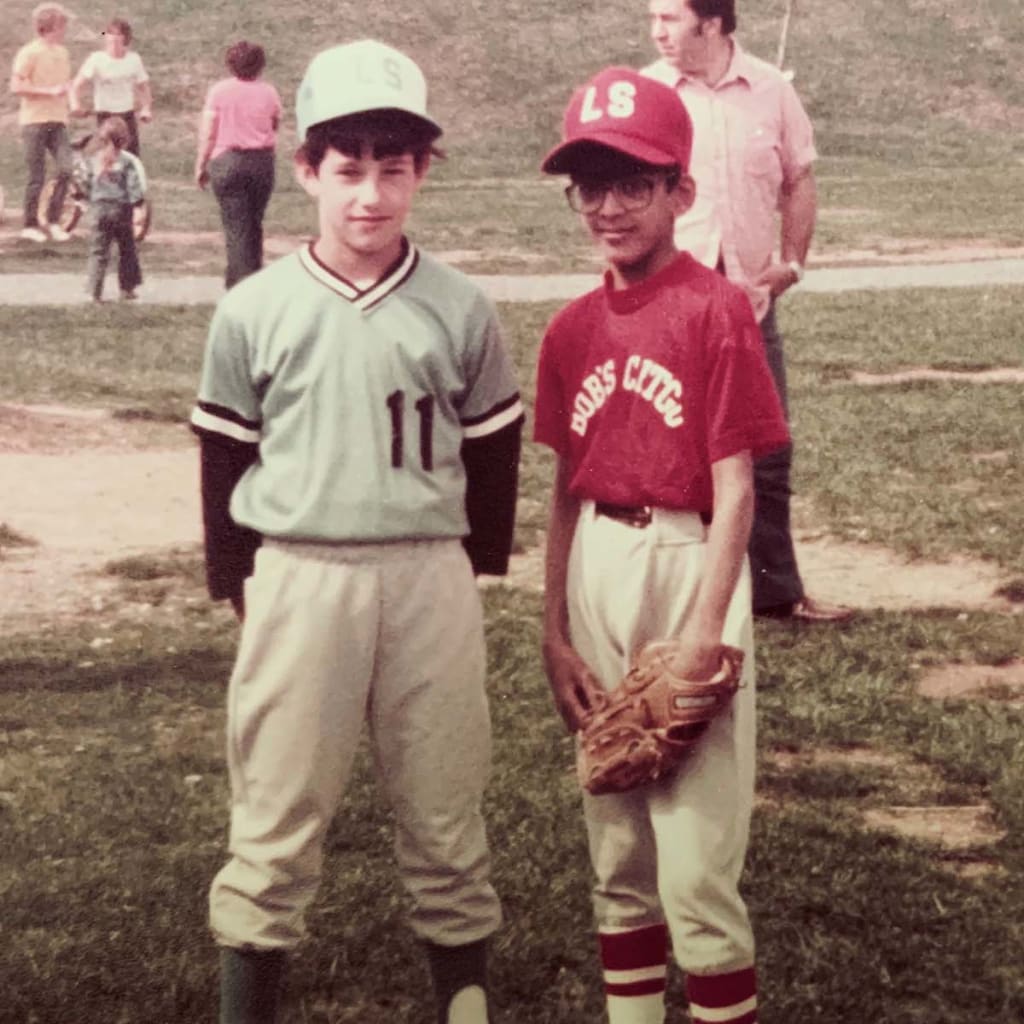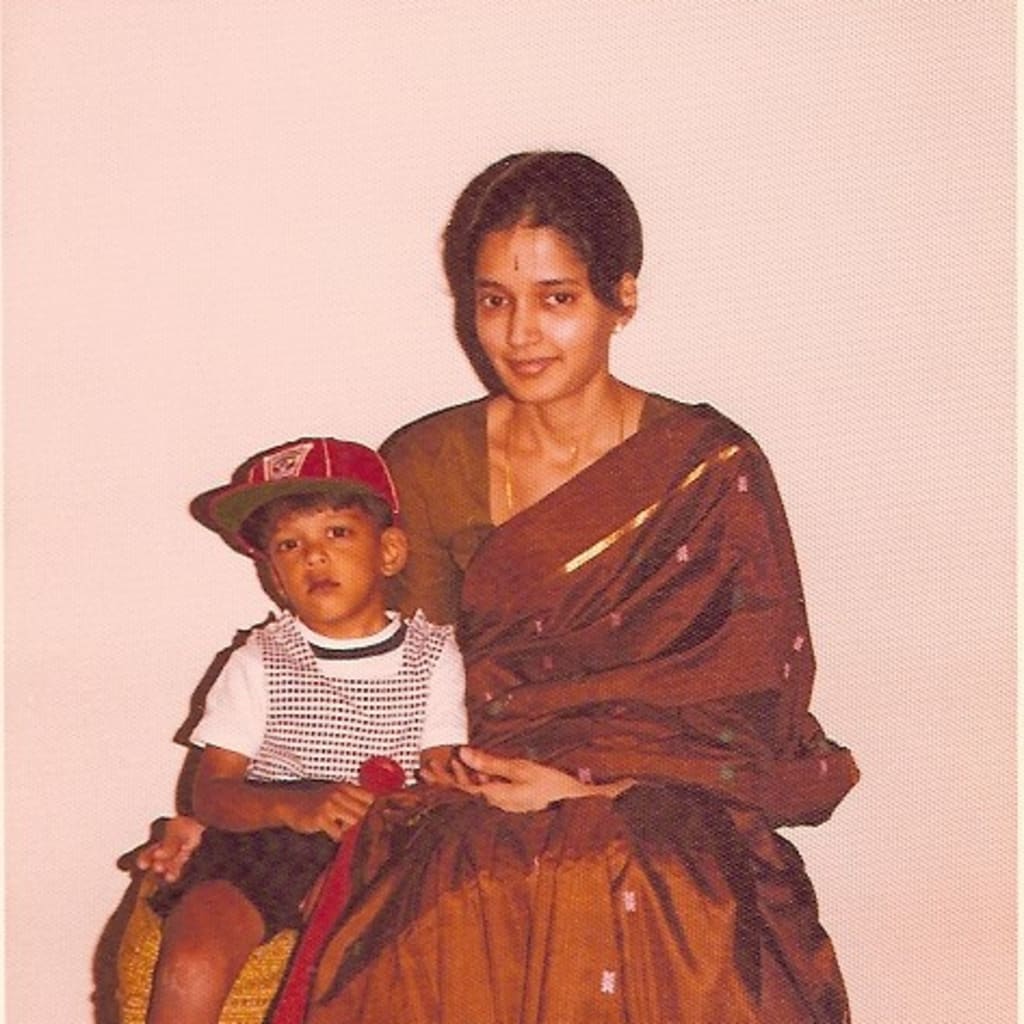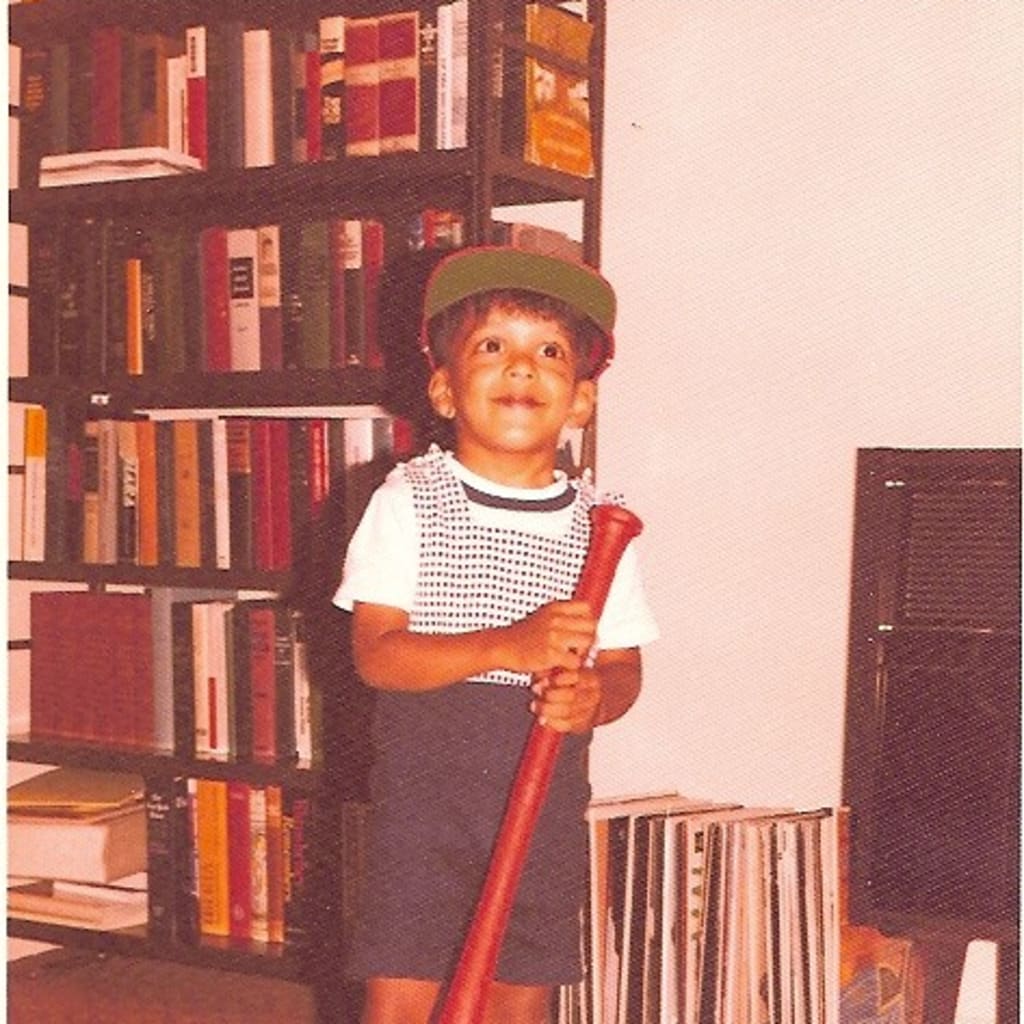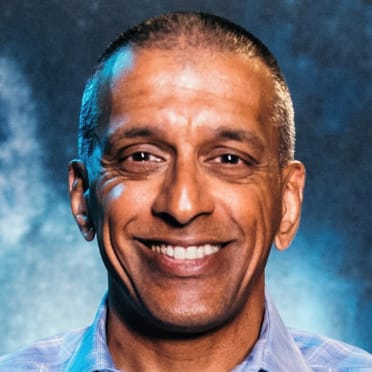This was going to be my story, not Arjun Nimmala’s.
First generation, born and raised in the U.S. by parents who came from India and kept Indian traditions and customs alive in their home, while still trying to blend into their American surroundings. Finding a love of baseball and making history as the first Indian-American in the Major Leagues. All of it was going to be me. The American Dream.
If this was 1988 instead of 2023 -- and if my athletic ability was even 1/1,000th of Nimmala’s -- then maybe this would have been my story. But it’s still a story that makes me proud, because even though I’ve never met Arjun, I feel like I know him. His path is my path. His real-life story is my long-ago faded dream.
Nimmala, a 17-year-old shortstop from Strawberry Crest High School in Dover, Fla., and MLB's No. 11 Draft prospect, was selected by the Blue Jays in the first round Sunday night (20th overall). And aside from the continental-sized gap in our athletic ability, Arjun’s story is remarkably similar to my own.
His parents are from Andhra Pradesh, the same state in India that my parents came from a generation earlier. As kids, we both spent multiple summers in India. The Nimmalas speak Telugu, like my family does (there are literally dozens of languages and dialects spoken in the country of over one billion people).
Same region of India, same language, same love of sports. The only difference is that while Vedula and Santha Murti settled in Pennsylvania in the early 1960s and raised a baseball fan, Balu and Neeru Nimmala settled in Florida in the early 2000s and raised a baseball player.

Arjun has broken barriers by becoming the first first-generation Indian-American to be drafted this high in any of the four major sports. (Kumar Rocker was chosen third overall by the Texas Rangers in the 2022 Draft, but his mother is a first-generation Indian-American, making Kumar the second generation born and raised in the U.S.)
My baseball career flamed out in Little League when my physique was simply overpowered by one 12-year-old’s fastball after another. My father was an academic who cherished time in his library, reading books. My mother was a housewife, and together they enjoyed settling in to watch or listen to Phillies games long before I was born. My future in sports was destined to be in a press box or broadcast booth.

But Arjun’s parents brought athletic genes to the party! In India, Balu competed in track & field, cricket and basketball, while Neeru was a volleyball and basketball player. Arjun and his younger brother Akhil inherited the physical skill to go along with the passion for the sport.
Around age 12 -- when I started to think about a career in radio -- Arjun gave up soccer and basketball to concentrate on baseball, where he began to show his potential.
This feeling of ethnic pride is a complicated one for me. When I was growing up in the 1970s, the Indian immigrant population in the U.S. was less than 200,000. There were times that it just felt different to be, well, different. Love of sports ended up being an incredible equalizer.
When the Phillies won the World Series in 1980, it didn’t matter if I was from Middletown or Madras. I knew the game, so did my friends, and that was how we bonded. Baseball became the great assimilator. Talking about it, for me anyway.

Playing the game is Arjun’s thing. And what a player he is to reach this point already. As a senior in high school he batted .479 with six home runs, 29 RBIs and 30 runs scored to earn multiple Player of The Year honors. He has even spent time working out with his favorite player, New York Mets star Francisco Lindor. Even though Arjun is years from the Majors, what he’s already achieved brings me a pride that I imagine is similar to how Italian-Americans felt in the first half of the 20th century when Joe DiMaggio and Yogi Berra became stars.
Today, with the Indian immigrant population swelled to more than three million in the U.S., there is some comfort in being part of a larger community rather than an isolated one. It is the commitment to this community that impresses me most about Arjun.
“Hopefully one day I can inspire young Indian Americans,” I heard Nimmala say on MLB Network at last month’s Draft Combine.
When I was 17, I envisioned my own future, but I don’t recall thinking one iota about what impact, if any, I might have going forward on my community. Stanford basketball player Ryan Agarwal, another first-generation Indian American, has made similar comments. That he and Nimmala can see and accept that responsibility at this age is the kind of vision true leaders and trailblazers have. I already admire Arjun’s charisma and enthusiasm, which are tools to be valued as much as the hitting, running and throwing that made him a first-round Draft pick.
This all comes just two years after another first-generation Indian-American, left-handed pitcher Rohan Handa, was taken by the San Francisco Giants in the fifth round of the 2021 MLB Draft, and eight years after Satnam Singh was picked by the Dallas Mavericks in the second round of the 2015 NBA Draft. It’s a sign that this generation has taken the baton from mine, that playing sports at the highest level is an attainable dream.
I hope to one day cross paths with Arjun so I can share with him a simple message -- to let me and all the others like us share this journey. Let our pride lift him up. The game is not easy and success is not guaranteed, so I pray he doesn’t think of this as some added burden of expectation. I hope he will think of it more as a gift of strength, knowing that so many people are rooting for him.
No, my baseball-playing dreams were never fulfilled. But today, for many more Indian-American children, the dream is alive. Good luck, Arjun.
